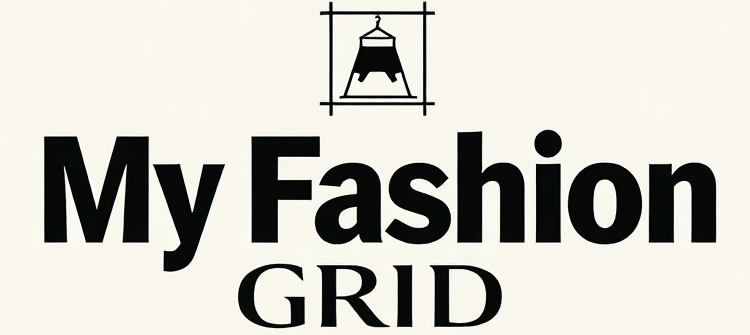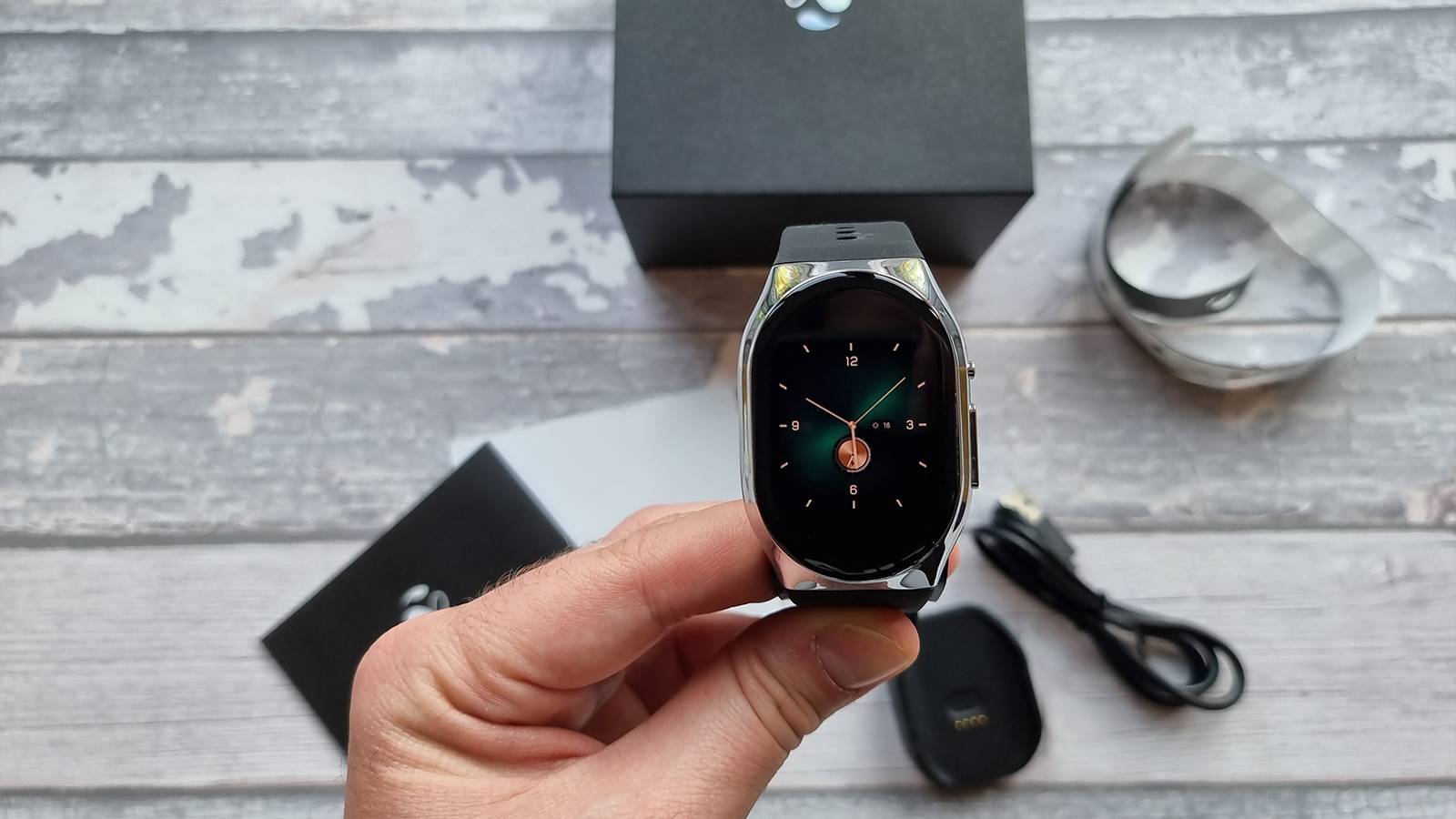Have you ever wondered how your smartwatch can tell your blood pressure without a cuff? It sounds almost like magic, but there’s real science behind it.
Understanding how smartwatches measure blood pressure can give you more control over your health and help you make smarter choices every day. You’ll discover the simple technology inside your wrist device and how it keeps track of something as important as your blood pressure.
Keep reading, and you’ll learn how this small gadget can become your powerful health partner.
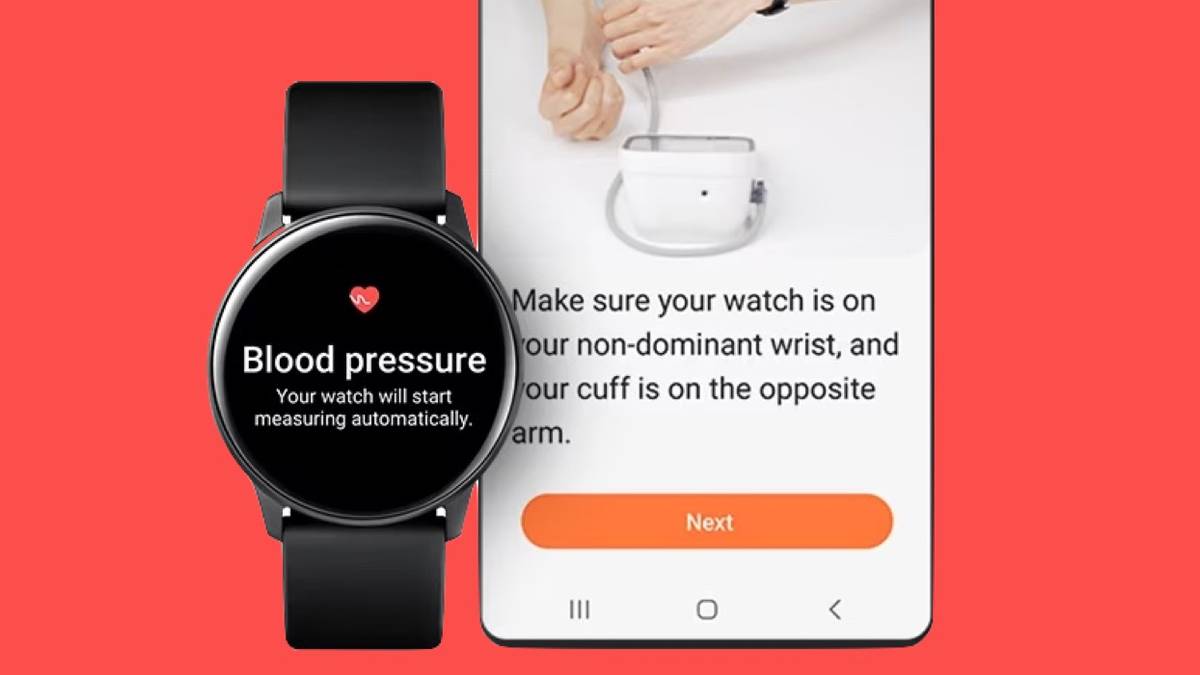
Credit: screenrant.com
Blood Pressure Basics
Blood pressureshows how hard your blood pushes on your artery walls. It has two numbers. The first number is the systolic pressure. It shows pressure when your heart beats. The second number is the diastolic pressure. It shows pressure when your heart rests between beats.
Knowing your blood pressure helps keep your heart healthy. High blood pressure can cause heart diseaseor stroke. Low blood pressure can make you feel dizzy or faint. Checking blood pressure often helps find problems early. It guides doctors on how to help you feel better and avoid serious illness.
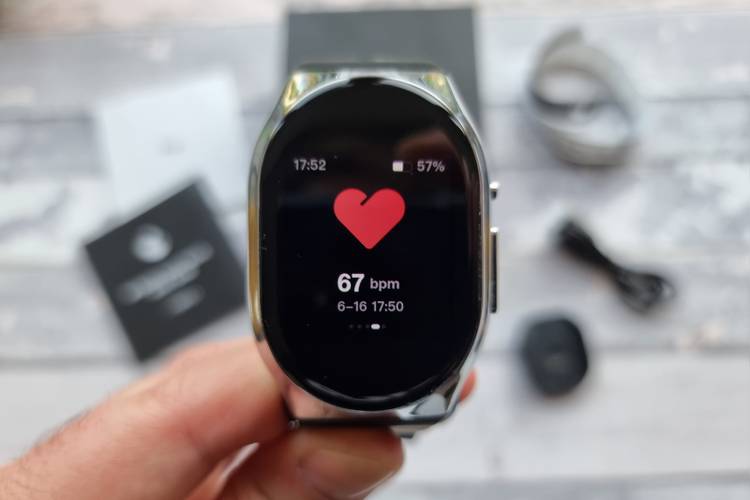
Credit: www.pocket-lint.com
Smartwatch Sensors
Smartwatches use optical sensorsto measure blood flow under the skin. These sensors shine light on the wrist and detect changes in light reflection. This method is called PPG (photoplethysmography). It helps track pulse and blood volume changes.
Pressure sensorsalso play a key role. They sense the pressure needed to stop blood flow in small arteries. This data helps estimate the blood pressure. Together, optical and pressure sensors give a good picture of heart health.
Measurement Techniques
Pulse Transit Time (PTT) methodmeasures blood pressure by tracking how fast a pulse wave moves between two points. A smartwatch uses sensors to detect the pulse at the wrist and the heart’s activity. The time difference between these signals helps estimate blood pressure. Faster pulse waves usually mean higher blood pressure.
The Oscillometric approachuses an inflatable cuff inside some smartwatches. The cuff tightens to stop blood flow, then slowly deflates. Sensors detect blood flow vibrations or oscillations. These changes help calculate systolic and diastolic pressure. This method is similar to traditional blood pressure cuffs but smaller and automated.
Data Processing
Smartwatches use signal filteringto remove noise from raw data. Sensors pick up many unwanted signals, like motion or light changes. Filtering keeps only the useful signals related to blood flow. This helps the watch get clearer readings.
Algorithm calibrationadjusts the watch’s calculations. Each person’s wrist is different, so the watch must learn the user’s unique data patterns. Calibration compares sensor data with known blood pressure values. This makes future measurements more accurate and reliable.
Accuracy Factors
Movementcan cause errors in blood pressure readings. If the user moves too much, the smartwatch may give less accurate results. Staying still helps the device measure better.
The fit of the deviceis very important. A smartwatch that is too loose or too tight can affect the sensor’s contactwith the skin. Correct placement on the wrist ensures more reliable data.
Environmental factorslike temperature and light can also change the readings. Cold weather can make blood flow slower, while bright light might interfere with the sensors. A calm and stable environment is best for accurate measurement.
Comparing To Traditional Devices
Smartwatches use optical sensors to check blood flow under the skin. They shine light on the wrist and measure changes in light to find blood pressure. Traditional devices squeeze the arm to stop blood flow and then release it to get a reading.
Advantages of Smartwatchesinclude easy use and quick results. They can measure blood pressure anytime without a cuff. Smartwatches also track heart rate and other health data together. They are small and wearable all day long.
Limitations and Challengesare accuracy and reliability. Smartwatch readings can be affected by movement or skin color. They may not be as precise as traditional cuffs. Also, some models need regular calibration with a cuff device.
Future Developments
Smartwatches will get better sensorsto measure blood pressure more accurately. These sensors will be smaller and use less power. This means they can track your health all day without needing a charge.
AI and machine learningwill help smartwatches understand your body’s signals better. They will learn your usual patterns and spot changes quickly. This helps catch health problems early.
With AI, smartwatches can give personal advicebased on your data. They might tell you when to rest or see a doctor. This makes health care easier and more personal.
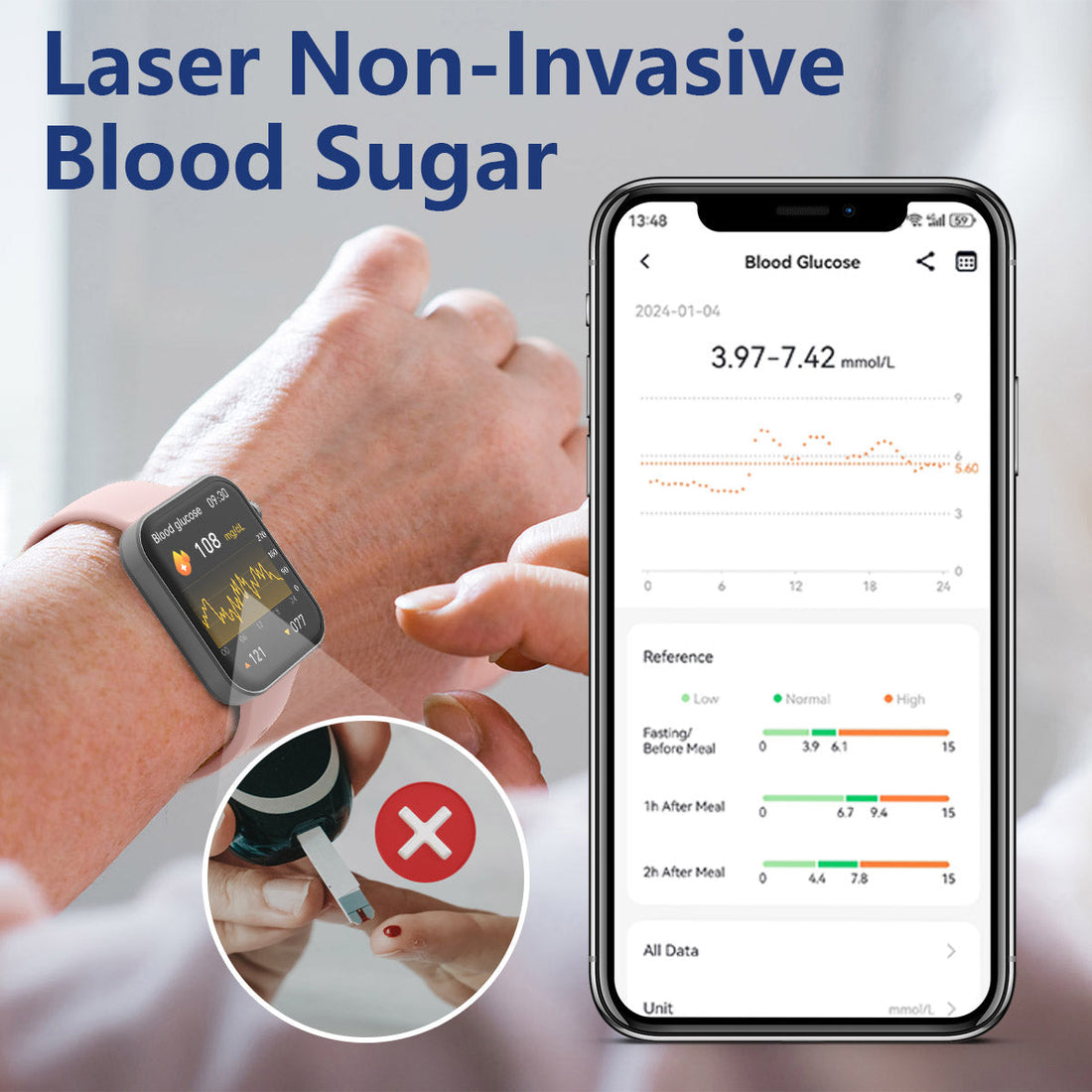
Credit: www.more-pro.com
Frequently Asked Questions
How Do Smartwatches Measure Blood Pressure Accurately?
Smartwatches use optical sensors with light to detect blood flow changes. They apply algorithms to estimate blood pressure based on pulse wave analysis. Calibration with traditional cuffs improves accuracy. This non-invasive method offers convenient, continuous monitoring but may vary compared to clinical devices.
Can Smartwatches Replace Traditional Blood Pressure Monitors?
Smartwatches provide a convenient way to track blood pressure trends. However, they are not as precise as medical-grade monitors. For diagnosis or treatment, traditional cuffs remain essential. Smartwatches serve best as supplementary tools for daily health awareness and early warning.
What Technology Enables Blood Pressure Tracking In Smartwatches?
Most smartwatches use photoplethysmography (PPG) sensors and pulse transit time (PTT) methods. PPG measures blood volume changes using light, while PTT estimates pressure through pulse wave speed. These technologies work together to provide non-invasive, real-time blood pressure readings.
How Often Should You Calibrate Smartwatch Blood Pressure Readings?
Calibration is recommended every few weeks or after software updates. Users should calibrate with a clinically validated cuff monitor for accuracy. Regular calibration ensures reliable data and better health insights from smartwatch blood pressure tracking.
Conclusion
Smartwatches use sensors to track blood pressure through your wrist. They send small signals to measure how blood moves in your arteries. These devices give quick and easy readings anytime you want. While not a full replacement for doctors, they help you stay aware of your health.
Many people find them useful for daily monitoring and early warning signs. Technology keeps improving, making these watches more accurate. Watching your blood pressure is simple and convenient with smartwatches. A helpful tool for better heart health.

Marry Christin, a passionate fashion designer and style enthusiast. Fashion isn’t just my profession—it’s my addiction! Along with my expert team, I bring you honest reviews of the latest fashion trends, including shoes, boots, sandals, dresses, and more.
